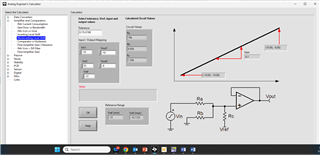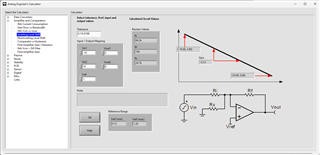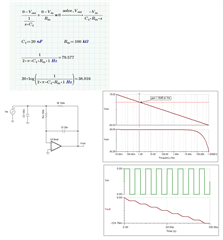Other Parts Discussed in Thread: VFC110, VFC32, VFC320
Tool/software:
I plan to use LM331 as an isolation amplifier in a way similar to figure 4 of this application note:
https://www.ti.com/lit/an/snoa819/snoa819.pdf
What kind of bandwidth can I get from this circuit? Considering the 100kOhm/0.1uF LPF at input, my guess would be in the range of tens of hertz. Is this correct?
Is there a way to extend the bandwidth to at least 1-kHz, preferably several kHz?
According to page 15 of the LM331 datasheet:
https://www.ti.com/lit/ds/symlink/lm331.pdf
In this kind of V to F and back to V system, the bottleneck to fast response is actually the LPF on the output side, for converting received pulses into a smooth output voltage. If this is the case, can I select a higher frequency to lessen the filtering requirement and improve response? For example, can I design the V to F stage so the full input range corresponds to ~90 to 100 kHz instead of 10 Hz to 11 kHz? By doing that, I only need a filter for 90 kHz instead of 10 Hz, which should greatly improve response.
Also, is figure 4 in the aforementioned application note (or figure 19 in the datasheet) inverting? since output of LM331 is connected to the inverting input of the op amp. If yes, is there a way to make it non-inverting? Is this op amp configured as a transimpedance amplifier, since output of LM331 is current pulses rather than voltage pulses?
Thank you




